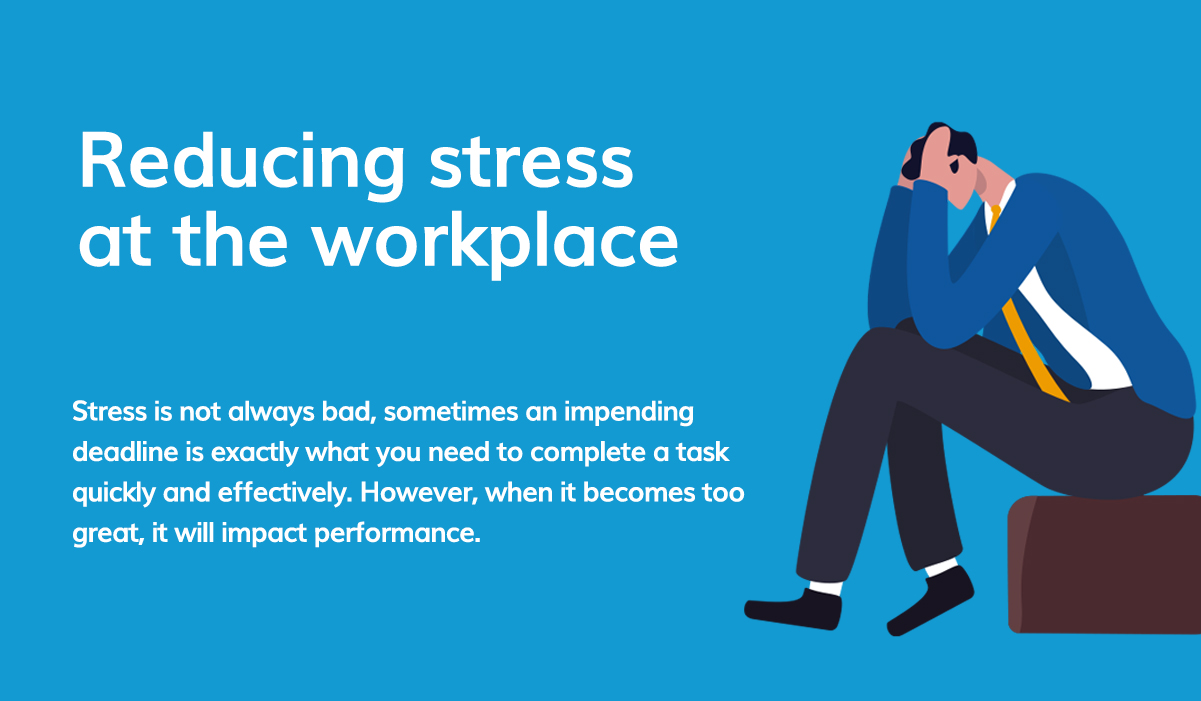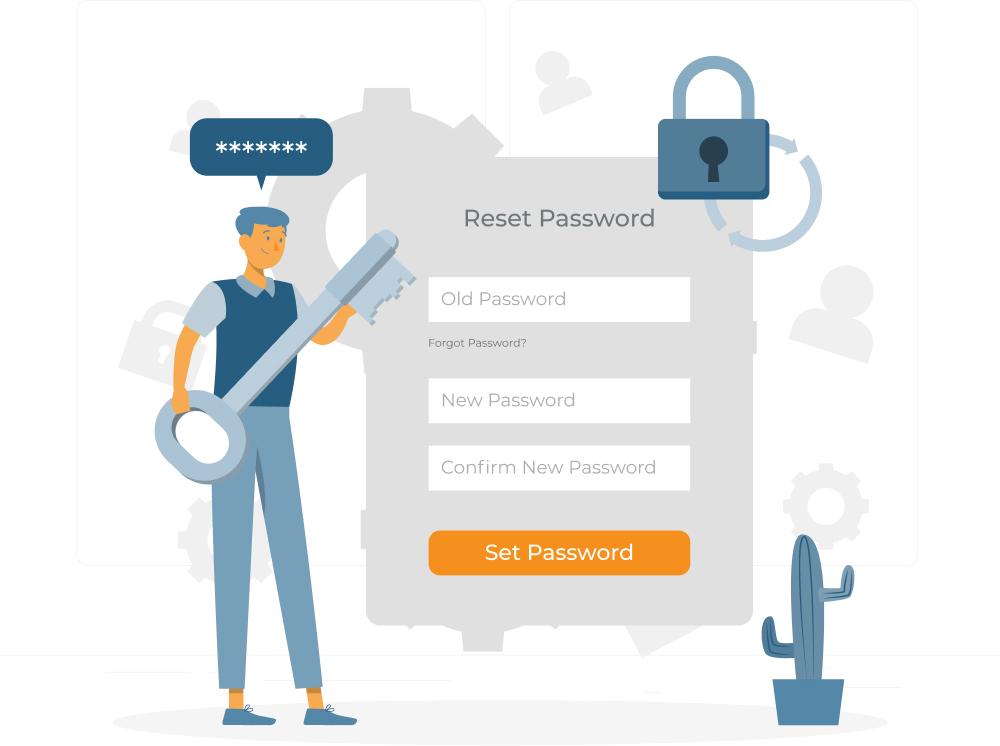Workplace stress has a psychological, as well as physical impact on your employees. Whilst feeling under pressure at times is normal, it can become excessive and work-related stress. This can quickly become one of the most daunting obstacles. One must keep in mind that different people have different ways of dealing with stress, as well as different triggers. You can reduce stress by identifying the root cause and assessing the company’s internal communication habits.

Stress is not always bad, sometimes an impending deadline is exactly what you need to complete a task quickly and effectively. However, when it becomes too great, it will impact performance. Left to its own, workplace stress will waterfall into employees’ personal lifestyles. A stressed-out worker is an unhappy worker, and the byproduct is lack of productivity. MISCO conducted a survey in the first quarter of 2022 which had 355 participants. It showed that 75% of respondents experienced work-related mental health issues like stress and anxiety. This is up from the 63% recorded in 2021. In addition, the significant majority (around 68%), said they experienced mental health problems caused by their job over the last year.
In general, employers seem to be trying to respond as in 2020, 50% of respondents said that their employer takes mental health seriously. The number has increased to 56% in 2022. 40% of respondents also said that they would like their employer to introduce employee programmes that support health and wellbeing. Just 4% said that their place of work provides stress reduction initiatives (Lovin Malta, July 2022)
Whilst employers seem to be giving mental health more importance, there needs to be a major culture shift from employers and organisations that will offset the changes that have affected society over the last two years.
Here are some ways to reduce workplace stress:
Identify the cause
It is crucial to leave communication lines open as an employer and to have your finger on the pulse. Communicate with your employees and be aware of obstacles they may be facing which could cause stress. As an employee, practise self-awareness and understand what triggers stressful states of mind so that you can find better and healthier ways of coping. If commuting during rush hour is a major cause of stress (which may lead to tardiness, anxiety, frustration, and so on), encourage flexible hours and remote working.
Socialise
Assess how you’re interacting with your colleagues. Slight shifts in your communication and work styles could help you make better connections with your coworkers and remove some anxiety and social tension. Having a casual chat with your colleagues will help break the ice and smoothen work-related interactions. Bring up light and interesting subjects that will release some stress – like your favourite Netflix show. As an employer, encourage conversation and spaces for casual conversation where colleagues can talk about their pets or their next trip. Employees will begin to understand each other on a more individual level and work in a more collaborative environment as a result. We could all use more synergy.
Disconnect
Being connected to a device 24/7 comes with its own set of stressors. Constant phone calls, Whatsapp messages, and emails become overwhelming and it’s easy to fall into the trap of answering them all – instantly. This is dangerous, especially when answering after hours. Although some instances may require you to be available after hours, it is in your best interest to safeguard your downtime and relax. This will avoid employee burnout and reduce stress. Luckily, today’s smartphones offer an array of apps to help you disconnect and only show notifications you want after certain hours.
Schedule breaks into your day
Take that lunch hour. Get up from your office chair, take a walk and look away! If you only focus on work all day and never take that lunch hour, you’re going to get stressed out and eventually burnt out. If it helps, sheduling your lunch hour into your calendar and treat it as a sacred time. Remember, that lunch breaks are required by law. You’re not getting paid for that hour. Scheduling breaks at similar times every day helps your brain to go on an automatic brain reset, making you more productive overall. As an employer, encourage workers to take that lunch break and set an example.
Get organised
At the start of the day, dump all of your to-do lists on a list. This helps you take the load off your brain and helps you get back on track. Some may prefer to do this at the end of the day for the next day. At the end of the week, consolidate what you’ve accomplished and what you mean to accomplish in the coming week. Give yourself a pat on the back for a job well done – you’ve made it through the week!
Find what works for you, and what doesn’t. More importantly, be kind to yourself: Rome wasn’t built in a day. Employers might want to organise mental wellbeing workshops and keep tabs on what stressors they can eliminate.

